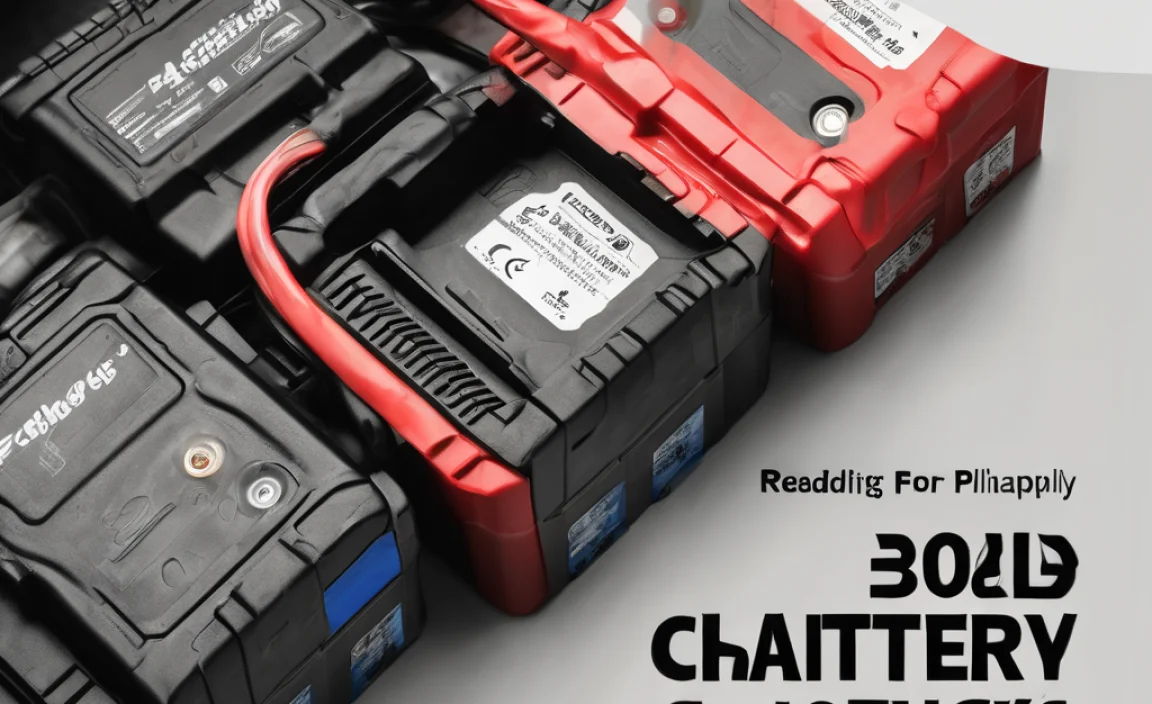Solar panel battery cost is no longer an insurmountable barrier for many homeowners looking to gain energy independence and combat rising electricity prices. Once considered a premium, often prohibitively expensive addition, battery storage for solar systems has become increasingly affordable and, for many, absolutely essential. As solar technology continues to advance and demand grows, the economics have shifted, making the investment in a solar battery a smart financial and practical decision.
The concept of a solar battery might conjure images of bulky, expensive machinery. However, the reality today is a much more integrated and cost-effective solution. Many homeowners are discovering that not only can they significantly reduce their electricity bills with solar panels, but adding a battery unlocks a new level of energy control and resilience. This article will delve into the factors influencing solar panel battery cost, explore the benefits that make them essential, and highlight how affordability is making this technology accessible to a wider audience.
Understanding the Components of Solar Panel Battery Cost
When asking “how much is a battery for a solar panel?”, it’s important to recognize that the price isn’t just for the “battery” itself. Several components and considerations contribute to the overall cost:
Battery Capacity: This is perhaps the most significant factor. Batteries are measured in kilowatt-hours (kWh), indicating how much energy they can store. A larger capacity battery will naturally cost more, but it also offers more power for your home, especially during outages or peak demand periods. The amount of energy you need to store will depend on your household’s consumption patterns and how long you want to power essential appliances during an outage.
Battery Chemistry: The type of battery technology used also plays a role. Lithium-ion batteries are the most common for residential solar systems due to their energy density, lifespan, and decreasing costs. Within lithium-ion, variations like lithium iron phosphate (LFP) are gaining popularity for their safety and longevity.
Inverter Technology: For AC-coupled solar systems (where the solar panels have their own inverter and the battery has a separate one), the cost of the battery inverter needs to be factored in. Newer hybrid inverters, which can handle both solar input and battery management, often represent a more integrated and potentially cost-effective solution.
Installation Costs: Professional installation is crucial for safety and optimal performance. This cost varies based on the complexity of the installation, the installer’s labor rates, and any necessary electrical upgrades. Reputable solar companies will provide a detailed breakdown of these charges.
Brand and Warranty: Different manufacturers offer varying warranties and performance guarantees. A longer and more comprehensive warranty (often 10-15 years for batteries) can add to the initial cost but provides peace of mind and long-term value.
Additional Features: Some battery systems come with advanced features like smart energy management software, seamless grid-tie integration, or the ability to participate in grid services (which can sometimes offset costs). These enhancements can add to the price point.
The Growing Affordability of Solar Panel Battery Systems
The good news is that the overall solar panel battery cost is on a downward trend. Several factors contribute to this increasing affordability:
Economies of Scale: As production volumes increase, manufacturers benefit from economies of scale, leading to lower per-unit costs for batteries and associated components.
Technological Advancements: Continuous innovation in battery technology is improving efficiency and reducing manufacturing expenses. Research and development are leading to more robust and cost-effective energy storage solutions.
Government Incentives and Rebates: Many governments offer tax credits, rebates, and other financial incentives to encourage the adoption of solar and energy storage. These can significantly offset the upfront cost of a battery system, making them much more accessible. Understanding your local and federal incentives is a key step in evaluating the true cost.
Increased Competition: The growing market has attracted more manufacturers and installers, leading to healthy competition that drives down prices and improves service quality.
Why a Solar Battery is Becoming Essential
Beyond just cost, the functional benefits of a solar battery are making it an increasingly essential component of a modern solar energy system:
Energy Independence and Resilience: This is a primary driver. With a battery, you can store excess solar energy generated during the day and use it at night or during power outages. This means your home remains powered even when the grid goes down, providing crucial backup for essential appliances, communication, and security.
Maximizing Solar ROI: Solar panels are most productive during daylight hours. Without a battery, any excess energy generated that isn’t immediately consumed or sent back to the grid is essentially lost. A battery allows you to capture that valuable energy and use it when you need it, maximizing the return on your solar investment.
Lowering Electricity Bills Through Time-of-Use Optimization: Many utility companies have adopted Time-of-Use (TOU) rates, where electricity costs vary depending on the time of day. Batteries allow you to strategically discharge stored solar energy during peak, expensive hours, and charge from the grid (or solar) during off-peak, cheaper hours. This significantly reduces your energy expenditure.
Grid Stability and Support: As more renewable energy sources are integrated into the grid, batteries can play a vital role in stabilizing it. They can provide ancillary services like frequency regulation, helping to balance supply and demand and ensure a reliable power supply for everyone. While individual homeowners may not directly profit from this, it contributes to a more resilient grid overall.
* Environmental Benefits: By storing and utilizing self-generated solar power, you reduce your reliance on fossil fuel-based grid electricity, further lowering your carbon footprint and contributing to a cleaner environment.
How Much is a Battery for a Solar Panel Today?
The question of “how much is a battery for a solar panel” doesn’t have a single definitive answer, as it depends on the factors mentioned above. However, for a typical residential system with a capacity that can cover essential loads for several hours, you might expect to invest anywhere from $5,000 to $15,000 or more.
This figure typically includes the battery unit itself, the necessary inverter (if not a hybrid system), and professional installation. It’s crucial to remember that this is an upfront cost, and the long-term savings on electricity bills, combined with potential incentives, can lead to a compelling payback period, often within 7-12 years, sometimes even less.
To get an accurate estimate for your specific needs, it’s highly recommended to:
1. Assess Your Energy Consumption: Review your past electricity bills to understand your daily and seasonal energy usage patterns.
2. Consult with Reputable Installers: Obtain quotes from multiple solar installation companies. They can assess your home, solar system, and energy needs to recommend the right battery size and provide a precise cost estimate.
3. Inquire About Incentives: Ask installers about any available federal, state, or local tax credits, rebates, or grants that can reduce the net cost.
In conclusion, the solar panel battery cost has become an increasingly accessible investment. Far from being an unattainable luxury, these systems are proving to be an essential component for homeowners seeking energy independence, resilience against power outages, and significant savings on their electricity bills. As technology continues to evolve and become more affordable, the value proposition of adding battery storage to a solar system only grows stronger.


